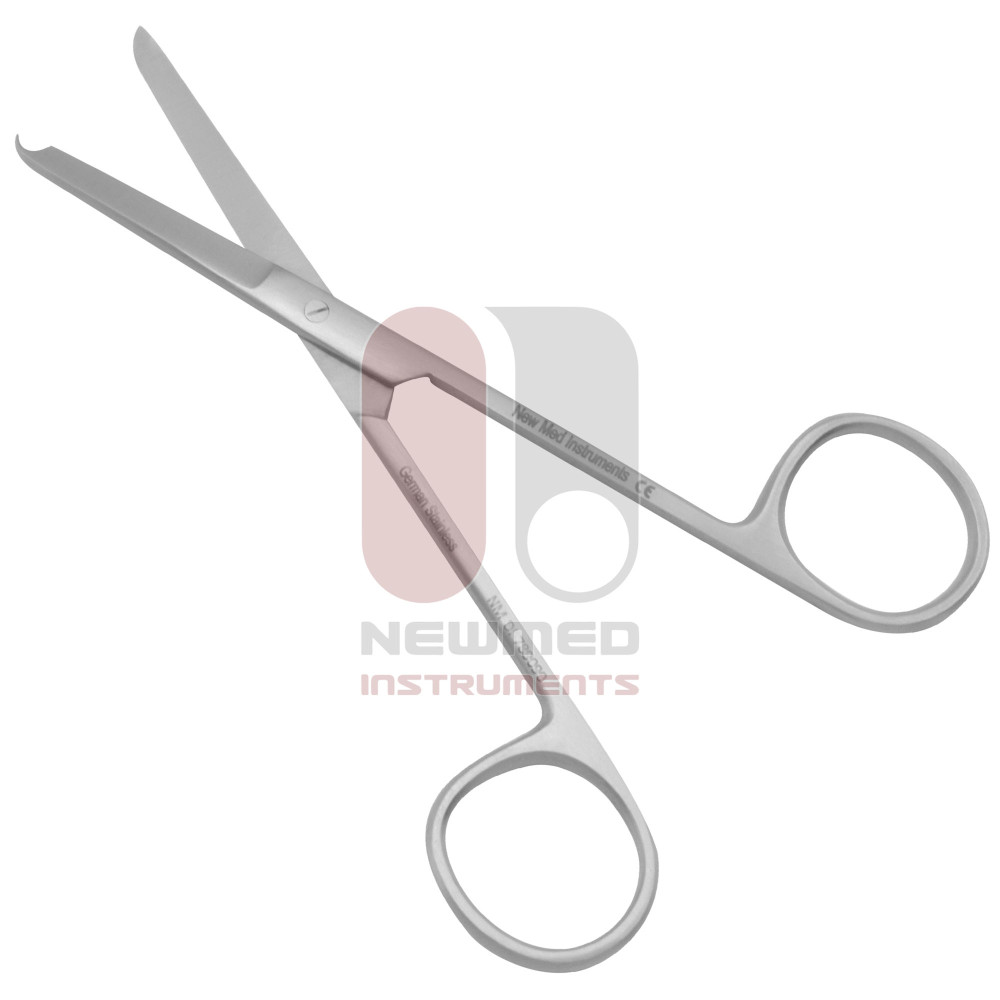The Essential Guide to Stitch Scissors in Modern Surgery
Wiki Article

In the demanding environment of a surgical setting, every instrument plays a crucial role in the success of a procedure and the well-being of a patient. The precision, reliability, and design of each tool are paramount. Among these essential instruments, the humble yet vital stitch scissors holds a significant place, serving a specific and critical function in postoperative care and minor surgical tasks. Their primary purpose is the clean and safe removal of sutures, a task that requires both sharpness and a thoughtful design to prevent patient injury.
The Anatomy of High-Quality Stitch Scissors
What sets a superior pair of stitch scissors apart is its unique design, specifically engineered for suture removal. One blade typically features a small hook or indentation at its tip. This clever feature is designed to slip underneath a suture, lifting it gently away from the skin. This allows the surgeon or healthcare professional to make a precise cut without nicking or pulling the patient's skin, ensuring a smooth and comfortable experience during a process that can otherwise cause anxiety.
Material and Construction: The Foundation of Reliability
The quality of any surgical instrument begins with the material from which it is crafted. For stitch scissors, medical-grade stainless steel is the industry standard, and for good reason. This material provides exceptional durability, corrosion resistance, and the ability to withstand repeated sterilization cycles, whether through autoclaving or chemical methods. The manufacturing process, including forging, tempering, and finishing, contributes to the final product's strength and sharpness, ensuring a clean cut every time.
Spencer Stitch Scissors: A Classic Design
One of the most recognized designs in this category is the Spencer stitch scissors. Characterized by their distinct hooked tip on one blade, they are a staple in clinics, hospitals, and surgical training programs worldwide. The design is simple yet highly effective, providing the control and safety needed to remove stitches efficiently. Their widespread use is a testament to their functional and dependable nature, making them a go-to instrument for countless medical professionals.
Littauer Stitch Scissors: An Alternative for Specific Needs
Another common variant is the Littauer stitch scissors. While serving the same fundamental purpose, their design differs slightly from the Spencer model. The construction is often more robust, and the hooked portion of the blade may have a different angle or size. The choice between Spencer and Littauer often comes down to the practitioner’s personal preference and the specific types of sutures they most frequently encounter. Both designs exemplify the need for specialized tools in medical practice.
The Importance of a Clean Cut
Using a high-quality pair of stitch scissors is not merely about convenience; it is about patient safety and promoting optimal healing. A dull or poorly designed pair of scissors can crush or fray the suture material, making it more difficult to remove completely. This can lead to remnants being left in the wound, increasing the risk of infection and inflammation. A sharp, clean cut ensures the entire suture is removed intact, supporting a faster and more complication-free recovery process.
Proper Care and Maintenance for Longevity
To ensure the longevity and effectiveness of stitch scissors, proper care and maintenance are essential. After each use, they must be thoroughly cleaned to remove all biological debris before being sterilized. Regular inspection for any signs of dullness, rust, or damage is also critical. A well-maintained scissor suture performs predictably and safely, reflecting the high standards of a professional medical practice and protecting the investment made in quality tools.
Why Professionals Choose Specialized Instruments
While any sharp pair of scissors might seem capable of cutting a thread, the clinical context demands a specialized tool. The unique design of stitch scissors minimizes the risk of iatrogenic injury and maximizes efficiency. For surgeons, medical students, and healthcare providers who value perfect and precise results for their patients, choosing a dedicated, high-quality instrument is a non-negotiable aspect of providing excellent care. It demonstrates a commitment to professionalism and patient safety, from major surgery to the final step of suture removal.
Report this wiki page